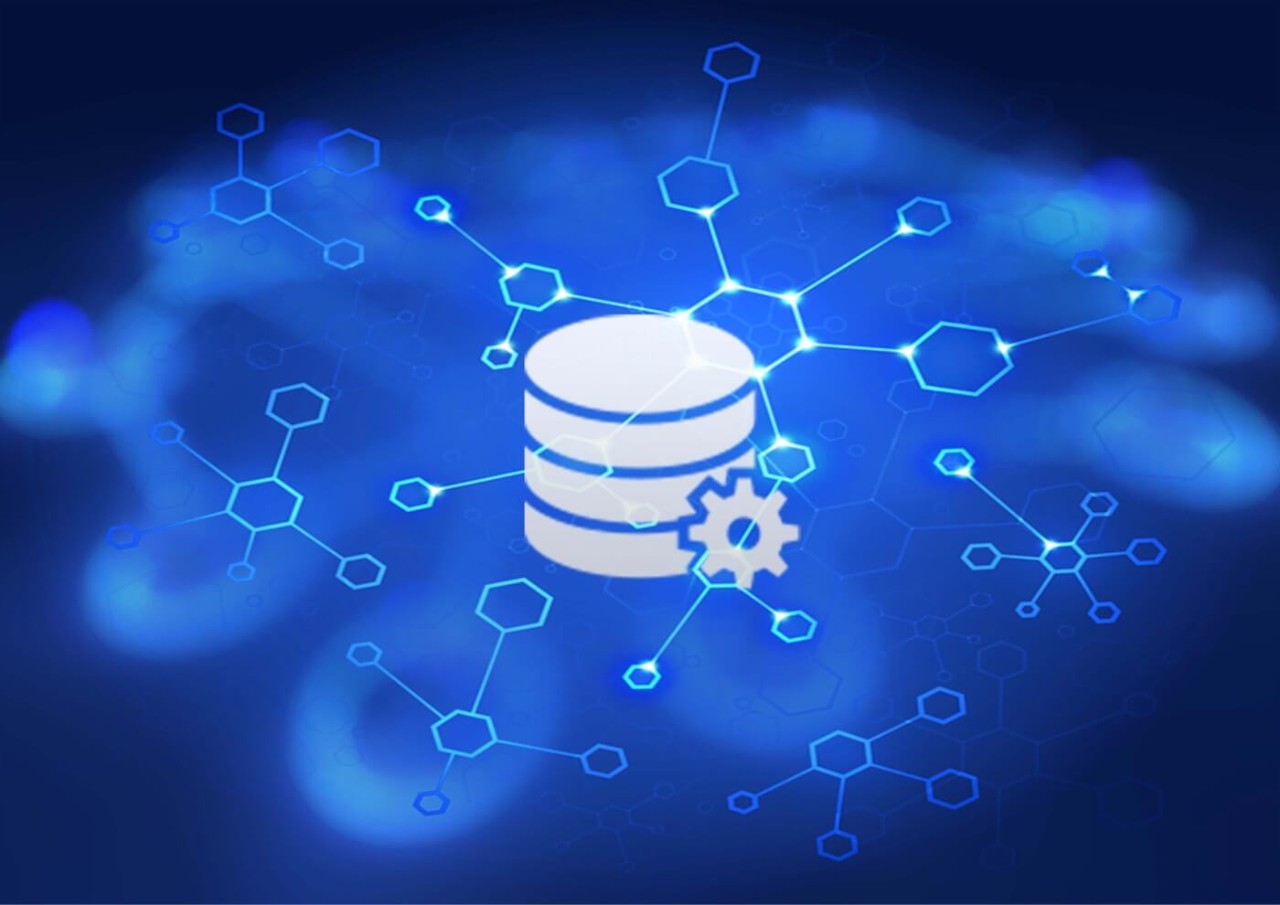An energy company correlates data from hundreds of oil rig sensors to pinpoint lucrative drilling locations and improve process controls. A dairy supplier monitors the temperature of milk as it’s collected, shipped and stocked on store shelves to meet public health regulations. Social service agencies track the local homeless population to help those in need find shelter as a polar vortex approaches.
No matter what the application, there’s no denying that the Internet of Things (IoT) is changing the world around us—and generating mountains of data in the process. The sheer volume of that data, and the growing need to consume and analyze much of it in real time, is transforming the enterprise data center as we’ve known it for decades.
Distributed Processing and Analytics
Data center architectures are growing more distributed to accommodate the deluge of data that IoT has started generating. This distributed approach to “edge” computing is designed to satisfy the real-time processing requirements of new IoT applications out in the field, said Jean S. Bozman, vice president and principal analyst at Hurwitz & Associates in Palo Alto, Calif.
Many enterprises have already extended their data centers to the public cloud, in part, to process, analyze and store overflow volumes of IoT data. However, the cloud—like the on-premises data center—is ill-suited to IoT applications that need processing to occur very close to where data is generated to minimize latency, Bozman explained. By processing on-site, at the edge, the data can be analyzed where it is collected, making it possible to find patterns in the data more quickly and for businesses to take actions right away.
“Transporting data over large distances for processing incurs a delay that real-time applications can’t tolerate,” Bozman said. A better fit for highly distributed IoT devices and sensors is to support processing locally, at the edge locations, she said.

Rohit Goyal, principal product marketing manager of IoT and artificial intelligence at Nutanix, agrees. “Financial trading systems, augmented and virtual reality, drones, security cameras, healthcare monitors and industrial robots generate vast amounts of data that are most valuable at the moment they’re created,” he said.
A home healthcare patient’s heart monitor signaling distress that requires quick action — such as dispensing medication or sending an emergency medical team — is a good example.
In addition, local processing and analytics enable the IoT application to account for the “necessary location and situational awareness that lead to new services and business insights,” Goyal said.
Gaining an Edge
The edge can be an actual IoT device that generates data to be processed, such as a driverless car, an oil rig, or a utility meter. Or it can be a nearby computing device or a more elaborate micro data center. The key is that computation takes place locally and swiftly, with the ability to apply analytics, artificial intelligence (AI) and machine learning to the data right there. This enables real-time actions and decision-making based on the freshest data possible.
Joe Skorupa, vice president and distinguished analyst at Gartner, told IT Business Edge: “IoT threatens to generate massive amounts of input data from sources that are globally distributed. Transferring the entirety of that data to a single location for processing will not be technically and economically viable. Organizations will be forced to aggregate data in multiple distributed mini data centers where initial processing can occur.”

The mini data centers he references are self-contained, stand-alone rack-level systems with compute, storage and network resources. MarketsandMarkets forecasts that these satellite data centers will grow at a compound annual growth rate (CAGR) of 26% for the next few years to reach a $8.47 billion market by 2022.
Today, only about 10% of enterprise-generated IoT data is created and processed outside a traditional centralized data center or cloud in an edge location, according to Gartner press release What Edge Computing Means for Infrastructure and Operations Leaders, published in October 2018. But the researcher predicts that the figure will rise rapidly to reach 75% by 2022.
At those volumes, it will be essential to be able to preprocess and possibly filter data that’s not relevant to the application at the edge, with the help of machine learning or AI. Filtering IoT data before forwarding it on to a data center or cloud for further analytics or storage will help reduce the network cost of data transmission while also reducing the cost of processing and storing unnecessary data, noted Bozman.
The Role of the Cloud
The cloud plays an important role for IoT going forward, according to Mike Leone, senior analyst with Enterprise Strategy Group. “It’s better to unite edge data with the cloud to derive insights that aren't real-time,” he said. For example, he said, manufacturers might use the cloud for aggregating and correlating IoT data and workflows across many facilities.
“This could help them learn which sites are more productive, to benchmark them against each other to set standards or to conduct historic data analysis,” he explained.
Bozman and Leone agree that there’s no single, golden data center architecture for all businesses. And some data must be kept within the enterprise to protect it for reasons of privacy, fiduciary requirements and governmental compliance. Still, they said, it’s a given that processing will be divided up in some way between on-premises enterprise data centers—eventually hyperconverged and virtualized—the public cloud and the edge.
Striving for Management and Security Simplicity
The splintering of the data center architecture across premises, edge and public cloud locations means IT now needs the tools to manage these scattered pockets of processing. Having the right tools will ensure that the data makes its way into work flows to aid in decision-making and automated actions.
“Ideally, managing the distributed environment looks like a simple extension of your data center,” says Rajiv Mirani, CTO of cloud platforms at Nutanix.
“You manage it exactly as you would manage things inside your data center. You express intent of what you want done in a central way, and [the system] figures out how to distribute your intentions to the edge as needed.”
Simplicity is the key, Mirani indicated, and while such management systems aren’t available today, “we’re getting there,” he said.
That’s a good thing, because there are going to be piles of data to manage. According to IDC, IoT devices will generate about 90 zettabytes of data by 2025 out of an expected total 175 zettabytes, accounting for more than half of all the world’s data in six short years.
Businesses must also consider security strategies that address the additional risks that IoT endpoints create by opening up billions of new entry points into corporate networks and infrastructures, said Mirani. Centralizing security policies is best, he said—and the simpler they are, the more secure they will be.
“It’s important to be able to create centralized policies in a cookie cutter way, so that every time a new device is introduced you don’t have to secure it separately, which would introduce potential for error and make things less secure,” he said. With a centralized, standard approach to security, network firewall rules, key management and data encryption can be applied in the same way all the way from data center to the edge, he said.
Welcome to the Datasphere
Analyst firm IDC uses the term “datasphere” to refer to a whole spectrum of locations along which data might be generated, processed and analyzed in the years to come. That’s what the traditional data center is morphing into: a distributed set of data processing locations that matches workload demands to the “best” location for processing, analytics and filtering.
Once data centers, edge devices and the public cloud can be managed and secured seamlessly to work in harmony, the benefits of IoT can reach new heights, according to Satyam Vaghani, vice president and general manager of IoT and AI at Nutanix.
“A traffic light could double as a facial recognition node to help catch criminals,” he said. “Smart cities could end traffic jams and parking problems. Smart healthcare could make high-quality care more widely available and possibly more affordable.”
Whatever the IoT application, it means big changes for today’s data centers and for the way business gets done.
“Some businesses want to use IoT to track workflows and find process efficiencies,” said Nutanix’s Goyal. “Others want to automate aspects of their business to improve safety and uptime. But everyone wants to use IoT data not only to run their business, but to make the business run better.”
Joanie Wexler is a Chicago-based independent writer and editor who has spent more than 20 years writing about IT and computer networking technologies, their business potential and implementation considerations.
© 2019 Nutanix, Inc. All rights reserved. For additional legal information, please go here.
